Previous - French coins before euro
French euro coins - catalog with values
French Republic
Reform 2002 (coins minted since 1999)
Euro=100 euro cents

5 euro 2008
silver
EURO 5 / LIBERTE EGALITE FRATERNITE / Value within hexagon
RF / Sower, full length
Coin value ~ 10-15 USD
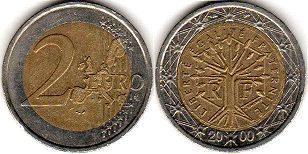
2 euro 2000 (1999-2006)
bi-metallic - nickel-brass/copper-nickel
2 EURO
RF / LIBERTE EGALITE FRATERNITE / 2000
Coin value ~ 3-4 USD
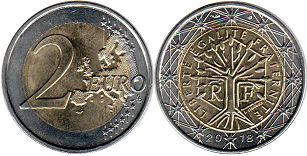
2 euro 2018 (2007- )
bi-metallic - nickel-brass/copper-nickel
2 EURO
RF / LIBERTE EGALITE FRATERNITE / 2018
Coin value ~ 3-4 USD
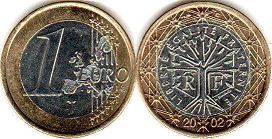
1 euro 2002 (1999-2006)
bi-metallic - copper-nickel/nickel-brass
1 EURO
RF / LIBERTE EGALITE FRATERNITE / 2002
Coin value ~ 2-3 USD
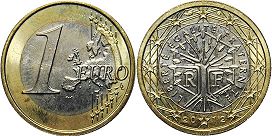
1 euro 2012 (2007- )
bi-metallic - copper-nickel/nickel-brass
1 EURO
RF / LIBERTE EGALITE FRATERNITE / 2012
Coin value ~ 20-40 USD
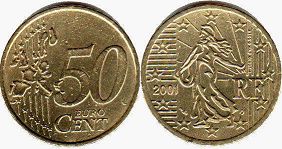
50 euro cent 2001 (1999-2006)
brass
50 EURO CENT
RF / 2001
Coin value ~ US$1
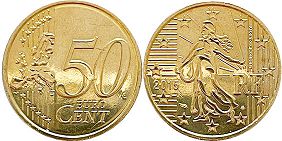
50 cents 2015 (2007- )
brass
50 EURO CENT
RF / 2015
Coin value ~ 8-12 USD
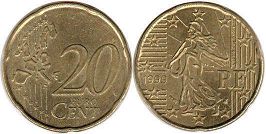
20 euro cent 1999 (1999-2006)
brass
20 EURO CENT
RF / 1999
Coin value < US$1
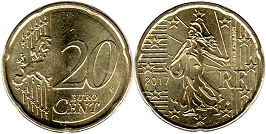
20 cents 2017 (2007- )
brass
20 EURO CENT
RF / 2017
Coin value < US$1
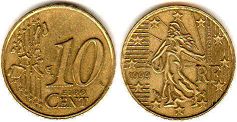
10 euro cent 1999 (1999-2006)
brass
10 EURO CENT
RF / 1999
Coin value < US$1
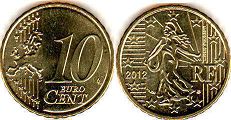
10 euro cent 2012 (2007- )
brass
10 EURO CENT
RF / 2012
Coin value < US$1
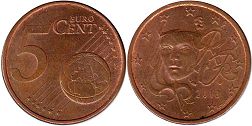
5 euro cent 2013 (1999- )
copper plated steel
5 EURO CENT
RF / 2013
Coin value < US$1
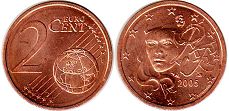
2 euro cent 2005 (1999- )
copper plated steel
2 EURO CENT
RF / 2005
Coin value < US$1
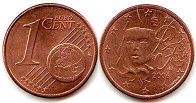
1 euro cent 2006 (1999- )
copper plated steel
1 EURO CENT
RF / 2006
Coin value < US$1
See also - commemorative euro of France
Other French coins
Republic and Consulate of Napoleon (1793-1804)
Fifth Republic Francs coinage (1958-2001)
Costs of French euro coins in this catalog approximate and indicated specifically for the coin shown in the picture.
I do not buy or sell coins - this is just a catalog.

